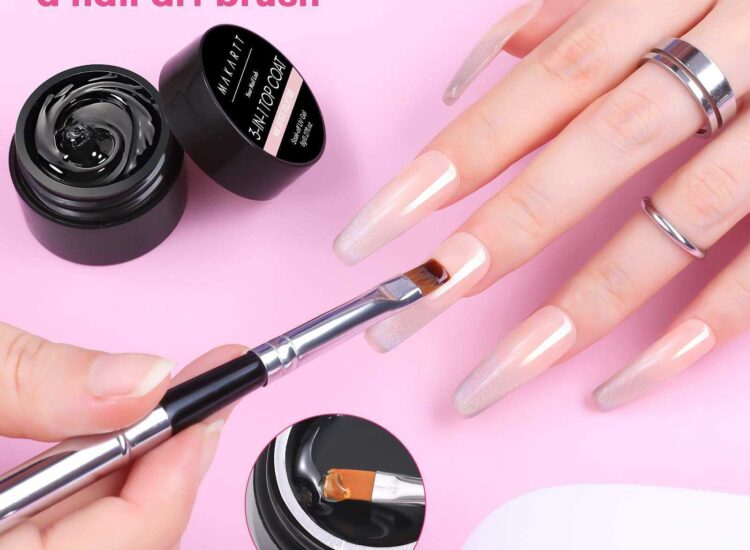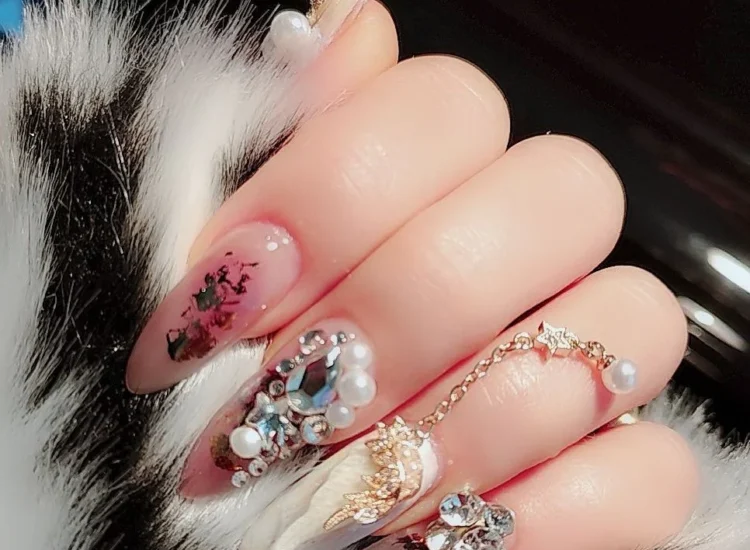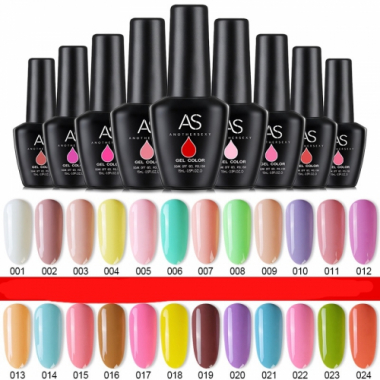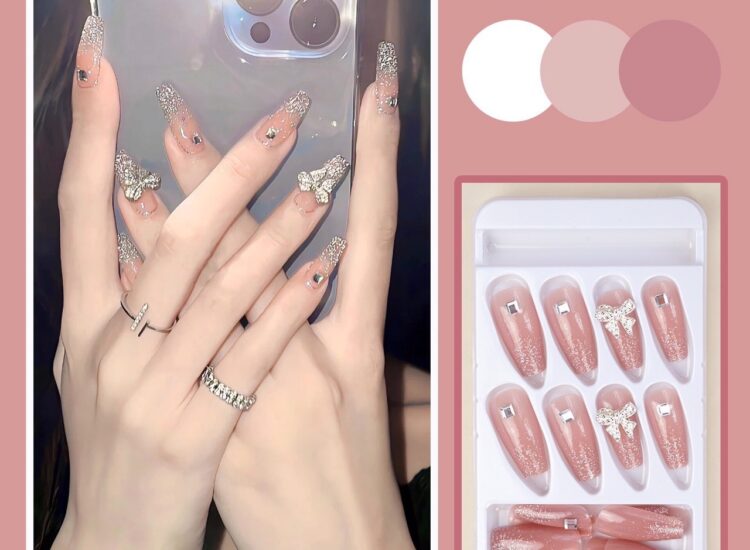The Beauty vs. the Base: Unpacking Whether Nail Treatments Harm Your Natural Nails
1. Introduction: The Popularity and Potential Pitfalls of Nail Enhancements
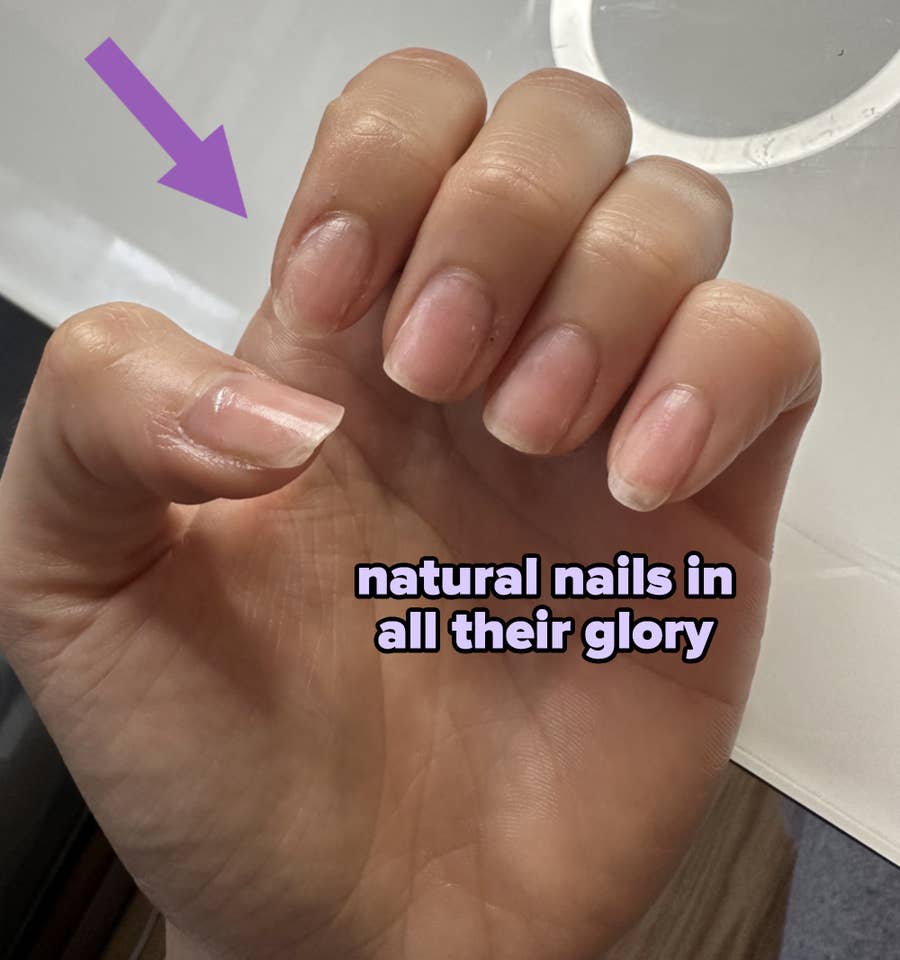
Toc
Perfectly manicured nails have become a staple of modern beauty standards, with a vast array of treatments available to achieve flawless looks. From classic polish to long-lasting gels, durable acrylics, and trendy dip powders, the options for enhancing our natural nails seem endless. However, beneath the glossy finish and intricate designs, a common concern lingers: are these treatments actually harmful to our natural nails? While a fresh manicure can boost confidence and complete an outfit, understanding the potential impact of these procedures on the underlying nail health is crucial for making informed choices and maintaining strong, healthy nails in the long run. This article will delve into the various types of nail treatments, their potential effects on natural nails, and provide guidance on how to minimize harm and keep your nails looking and feeling their best.
2. Understanding Nail Structure and Growth
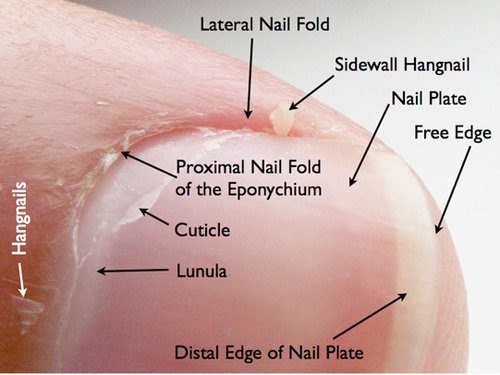
To understand how nail treatments can affect our nails, it’s essential to first grasp the basic structure and growth process of natural nails. The nail is primarily made of keratin, a hardened protein also found in hair and skin. The visible part of the nail is called the nail plate, which grows from the nail matrix, located beneath the cuticle at the base of the nail. The cuticle is a layer of skin that protects the matrix from infection. Nails grow slowly, with fingernails growing about 0.1 millimeters per day and toenails growing even slower. This slow growth means that any damage to the nail plate can take weeks or even months to fully grow out.
3. Common Nail Enhancement Procedures and Their Potential Effects:

Various nail treatments offer different levels of enhancement and longevity, each with its own application and removal process that can potentially impact the natural nail.
3.1. Acrylic Nails:
Acrylic nails involve applying a mixture of liquid monomer and powder polymer to the natural nail, creating a hard, artificial layer that can be shaped and extended.
- Application: The natural nail is often filed down to create a rough surface for better adhesion. Acrylic is then applied and sculpted.
- Maintenance: Acrylics require regular “fills” every two to three weeks as the natural nail grows out. This involves filing down the acrylic and applying new product to the gap near the cuticle.
- Removal: Removal typically involves soaking the nails in acetone for an extended period.
Potential Effects: The filing process can thin the natural nail. The strong chemicals in the acrylic and the acetone used for removal can dehydrate and weaken the nail plate, making it brittle and prone to breakage. Improper application or forceful removal can cause damage and even lift the natural nail, creating a space for infection.
3.2. Gel Nails:
Gel nails involve applying layers of gel polish to the natural nail, which is then cured under a UV or LED lamp to harden.
- Application: The natural nail is often lightly buffed. Gel polish is applied in thin layers, with each layer cured under the lamp.
- Maintenance: Gel manicures typically last for two to three weeks without chipping.
- Removal: Removal usually involves soaking in acetone or filing off the gel polish.
Potential Effects: While generally considered less damaging than acrylics, the buffing process can still thin the natural nail. The acetone used for soaking can be drying. Improper removal, such as picking or peeling off the gel, can take layers of the natural nail with it, leading to significant weakening and damage. Some concerns have also been raised about potential UV exposure from the curing lamps, although the exposure levels are generally considered low.
3.3. Dip Powder Nails:
Dip powder nails involve applying a base coat to the natural nail, which is then dipped into a colored powder. Layers of sealant are applied to harden the powder.
- Application: The natural nail is often filed or buffed. A base coat is applied, and the nail is dipped into the powder. This process is repeated several times.
- Maintenance: Dip powder manicures can last for three to four weeks.
- Removal: Removal typically involves soaking in acetone or filing off the layers.
Potential Effects: Similar to acrylics and gels, the filing and buffing can thin the natural nail. The use of acetone for removal can be drying. There is also a potential risk of cross-contamination if the dipping powder is not properly sanitized between clients.
3.4. Traditional Manicures:
Traditional manicures involve shaping the nails, cuticle care (trimming or pushing back), and applying regular nail polish.
2. https://recipebox.vn/top-nhung-loai-gel-son-mong-tay-tot-nhat-cho-bo-mong-them-phan-rang-ro/
3. https://recipebox.vn/nail-box-xu-huong-lam-dep-tien-loi-va-ca-tinh-cho-phai-dep-hien-dai/
4. https://recipebox.vn/from-dreams-to-drills-navigating-the-journey-of-opening-a-nail-salon/
5. https://recipebox.vn/the-essential-considerations-for-perfect-and-healthy-nails/
- Application: Nails are filed and shaped. Cuticles are typically softened and either trimmed or pushed back. Nail polish is applied in several layers (base coat, color coats, top coat).
- Maintenance: Regular nail polish typically lasts for a few days to a week before chipping.
- Removal: Nail polish is usually removed with nail polish remover, which may contain acetone or non-acetone solvents.
Potential Effects: While generally the least damaging option, improper filing can weaken the nail structure. Aggressive cuticle trimming can damage the nail matrix and increase the risk of infection. Some ingredients in nail polish, while generally safe, can occasionally cause allergic reactions in sensitive individuals. Acetone-based nail polish removers can be drying to the nails and surrounding skin.
4. Potential Harmful Effects of Nail Treatments:
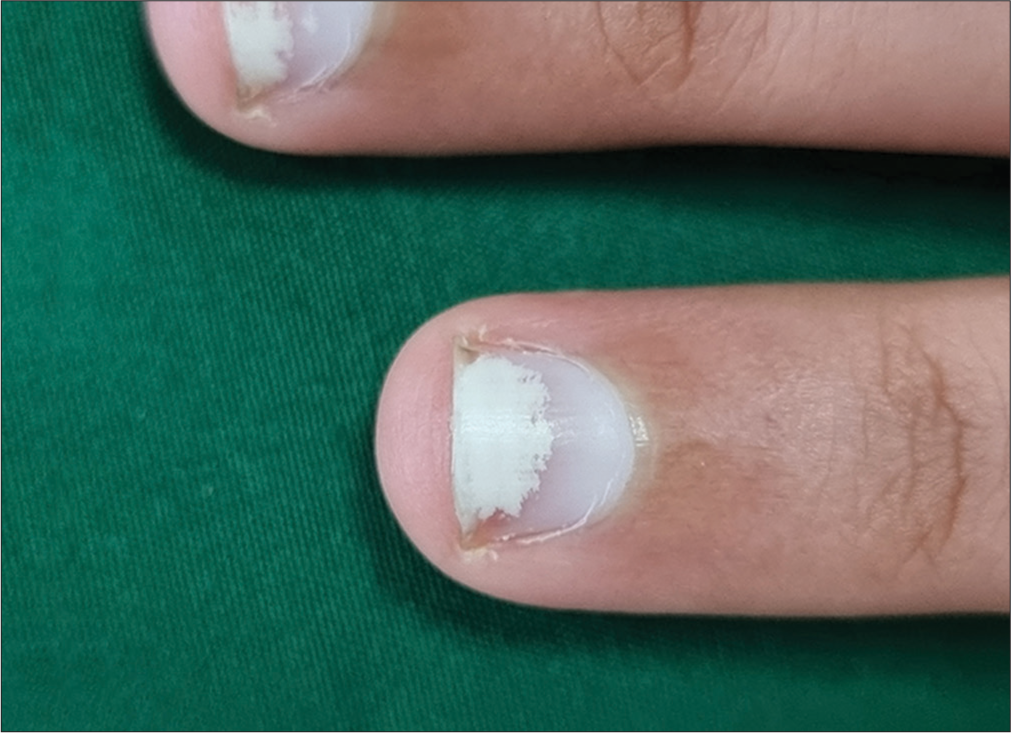
Regardless of the specific treatment, several potential harmful effects can occur when getting regular nail enhancements.
4.1. Thinning and Weakening of Natural Nails:
Over-filing the nail surface during preparation for acrylics, gels, or dip powder can significantly thin the natural nail plate, making it weak, brittle, and prone to breakage.
4.2. Dehydration and Brittleness:
Frequent exposure to acetone, used for removing many types of nail enhancements, can strip the natural oils from the nails and surrounding skin, leading to dehydration, dryness, and brittleness.
4.3. Increased Risk of Infection:
Improper sanitation of tools and the salon environment can increase the risk of bacterial or fungal infections. Lifting of artificial nails can trap moisture and create a breeding ground for microorganisms.
4.4. Chemical Exposure and Allergies:
Nail products contain various chemicals that can potentially cause allergic reactions in some individuals. Symptoms can range from mild skin irritation to more severe reactions like redness, swelling, and itching around the nail area.
4.5. Cuticle Damage:
Aggressive trimming or pushing back of the cuticles can damage the protective barrier and increase the risk of infection. The cuticle plays a vital role in sealing the nail matrix and preventing bacteria from entering.
4.6. Fungal Infections:
Fungal infections can occur when moisture gets trapped between the natural nail and artificial enhancements, often due to lifting. These infections can cause discoloration, thickening, and crumbling of the nail.
4.7. Nail Discoloration:
Prolonged use of dark-colored nail polishes or certain artificial nail products can sometimes lead to temporary staining or discoloration of the natural nail plate.
5. Factors That Influence the Extent of Damage:
The degree to which nail treatments harm natural nails can vary depending on several factors.
5.1. Frequency of Treatments:
Getting nail enhancements too frequently without allowing the natural nails to recover can significantly increase the risk of damage. Constant application and removal cycles can stress the nail plate.
5.2. Application and Removal Techniques:
The skill and technique of the nail technician play a crucial role. Improper application or forceful removal of artificial nails is a major cause of nail damage. DIY removal without proper knowledge can also be harmful.
5.3. Quality of Products Used:
The quality of the nail products used can also impact nail health. Low-quality or counterfeit products may contain harsher chemicals that are more damaging to the natural nails.
5.4. Individual Nail Health:
The natural health and thickness of an individual’s nails can influence their susceptibility to damage. Thinner or weaker nails may be more prone to breakage and damage from treatments.
3. https://recipebox.vn/nail-box-xu-huong-lam-dep-tien-loi-va-ca-tinh-cho-phai-dep-hien-dai/
4. https://recipebox.vn/top-nhung-loai-gel-son-mong-tay-tot-nhat-cho-bo-mong-them-phan-rang-ro/
5. https://recipebox.vn/unleashing-nail-art-creativity-exploring-unique-and-unusual-nail-designs/
5.5. Aftercare and Maintenance:
Proper aftercare, such as moisturizing the nails and cuticles regularly and avoiding picking or peeling off enhancements, can help minimize potential damage.
6. Minimizing Potential Harm and Maintaining Healthy Nails:
While some level of impact is often unavoidable with nail treatments, there are several steps you can take to minimize potential harm and maintain healthy natural nails.
6.1. Choosing Reputable Salons and Licensed Technicians:
Opt for salons that prioritize hygiene and use properly trained and licensed technicians who follow best practices for application and removal.
6.2. Taking Breaks Between Treatments:
Allowing your natural nails to breathe and recover between enhancements is crucial. Consider taking breaks of a few weeks or even months to allow the nail plate to repair itself.
6.3. Proper Removal Techniques:
Always have artificial nails removed professionally or follow proper at-home removal techniques carefully, avoiding forceful picking or peeling.
6.4. Moisturizing Regularly:
Use a cuticle oil or nourishing hand cream regularly to keep your nails and cuticles hydrated, especially after acetone exposure.
6.5. Avoiding Harsh Chemicals:
Limit your exposure to harsh chemicals, including prolonged soaking in acetone. Consider using non-acetone nail polish removers for regular polish.
6.6. Gentle Cuticle Care:
Focus on moisturizing the cuticles rather than aggressive trimming or pushing back. If trimming is necessary, have it done gently by a professional.
6.7. Considering Less Invasive Options:
If you’re concerned about nail damage, consider less invasive options like regular manicures with standard nail polish or shorter-wear gel polishes.
6.8. Maintaining Overall Health:
A healthy diet rich in vitamins and minerals, as well as adequate hydration, contributes to overall nail health and can help them withstand the stresses of nail treatments better.
7. When to Seek Professional Help:
It’s important to consult a dermatologist or medical professional if you experience any signs of infection (redness, swelling, pus), severe nail damage or discoloration, or persistent pain or discomfort around your nails.
8. Conclusion: Balancing Beauty and Nail Health
While nail treatments can enhance the appearance of our nails and provide a boost of confidence, it’s essential to be aware of the potential impact on the health of our natural nails. By understanding the risks associated with different procedures, choosing reputable salons, practicing proper aftercare, and allowing for recovery periods, it’s possible to enjoy the beauty of enhanced nails while minimizing potential harm and maintaining the underlying health and strength of your natural nail plate. Ultimately, a balanced approach that prioritizes both aesthetics and nail health is key to achieving beautiful and healthy nails in the long run.
